(by Dave Wolfe and Tim Halberg)
Based upon your comments, I would say that many of you really enjoyed reading about our visit to PING HQ. If you missed those articles, you can find Part 1, HERE, and Part 2, HERE.
It was fun for me to take you all along as we toured the expansive aspects of the PING facility. You may find this hard to believe, but I actually skipped over part of our visit.
That’s right, there was more!
I wanted to hold a little something back for later. You know, like that last piece of pie that you stashed behind the pickle jar. Mmmm pie.
What is it that I kept from you? What piece of PING equipment deserves that hidden-pie treatment? Of course it’s the 2014 Most Wanted Mallet, the PING Ketsch.
Un-Ketsch-able
Un-Ketsch-able. That’s what the PING Ketsch was in the mallet competition. It just pulled away from the competition. It seemed like our testers just couldn’t miss from the 5-foot mark. OK, they did miss two out of fifty putts. For those of you who have been out of school for a while, that comes out to 96%, earning the Ketsch a best-in-class A.
What I have for you today is a little more information about the design of the Ketsch, and also some great shots of how the Ketsch is made, courtesy of Golfspy Tim.
S-Ketsching the Design
Engineering and design seems the natural place to start a Ketsch discussion, as that is how PING develops all of its new products. The Ketsch was no exception. PING engineers did not set out to build this putter, but rather studied the science of putting, adding to their knowledge environment, then subsequently creating the Ketsch from their findings.
The foundation for the Ketsch really came from two separate studies; one about face impact patterns, and a second about alignment.
Face Impact Studies
PING engineers began their research process by exploring the putter face impact pattern in relation to player handicap. As I mentioned in the visit article, one of the cool things about working at PING is that you can choose to be a club tester a couple of times a week. For the engineers, this represents a whole bunch of data to work with.
Anyway, the study in many ways was similar to how impact position on a driver face impacts ball speed off the tee. This time though, it was ball speed off the putter face.
It is from this data that the PING engineers developed their TR groove system.
The TR grooves normalize ball speed across the face of the putter by reducing center-strike ball speed, and increasing ball speed on off-center hits. PING is not the first company to pursue this design idea, but I believe that others have used inserts rather than grooves to achieve the result.
A PING engineer explained to us that the TR grooves make the putter perform like it has a higher MOI, though this is more apparent in the Anser-like heads as opposed to the already-high-MOI mallets.
Basically, this allowed PING engineers to change the inertia of the head without changing the shape of the head. This is key, as many of those head shapes have proven to be quite successful (re. PING gold putter room).
Alignment Study
Next, PING engineers returned to their tester pool, this time exploring the effect of different putter design elements on accuracy.
Their hope, in studying the head shape, lines, dots, and so on, was not just to develop one putter, but rather to generate knowledge that could be used in the development of all future putters. It’s knowledge first, then products at PING.
PING engineers determined three components that improved putter alignment/accuracy.
- A line going from the back to the front of the putter.
- A curve from the back to the front of the putter.
- Ball-width visuals (lines) on the top.
If you take the knowledge that led them to the TR Grooves, and combine it with the knowledge from the alignment study, you can see where the Ketsch design came from. Other PING putters created from this knowledge base include the PING Nome TR (tied for 2nd Most Wanted) and the Scottsdale TR Anser T (currently competing in the Most Wanted Blade competition). So far, the PING engineers are 2 for 3 with this product pool in our putter competitions. I too am curious how the Anser T will score.
That gives you some insight into why the PING Ketsch was made. Let’s no take a little look at how the Ketsch is made.
Ketsching Fire
Back in Part 1 of our visit article, I mentioned how the shafts are glued into the Ketsch heads and then bent to meet the fit-for-stroke requirements. I bet that many of you assumed that like most of the other PING clubs, the Ketsch heads were manufactured elsewhere and then precisely assembled at PING. That may be the case with most of the other clubs, but not so with the Ketsch.
This is what the Ketsch looks like when it hits PING.
What you have there, fearless reader, is a block of aluminum. It is from this billet, that the Ketsch is carved. Think of how a statue comes from a block of marble. The statue hides inside the marble block, the artist need only find it.
With the Ketsch, the engineers have developed the sculpture, and the milling machine was tasked to find it. Here is the progression from block to putter:
First, the top of the putter is milled.
Next the bottom is milled.
Note the difference between the sole plates on the standard and counterbalanced models. That knob is where the extra weight comes from.
Finally, the Ketsch is ready for cosmetics and shafting.
Milling Madness Bonus Round: The PING Tour Wedge
Tim and I also were able to watch Gorge grooves being milled into the faces of PING’s Tour wedges.
The wedges hit the shop groove-less, looking like this.
Next, wedges are loaded three at a time into the milling machine.
The Gorge™ grooves are then cut.
The grooves are constantly checked for spec, making sure that they conform to USGA standards.
After all is said and done, the PING Tour wedges and the Ketsch putters. Head out to the customers, and a whole bunch of metal scrap heads to the recyclers.
Playing Ketsch
After all the design work and manufacturing precision that went into the development of the PING Ketsch, it’s little wonder that it already has multiple wins on multiple tours this season, and more importantly, it won MyGolfSpy’s 2014 Most Wanted Mallet competition by a mile.
I know that we will see more gold-plated Ketsch putters in the PING vault in coming months, as well as in lots of recreational golfer’s bags. Maybe even yours…
Win A Custom PING Ketsch
How would you like to own your very own Most Wanted mallet? The PING Ketsch can be yours just by leaving a comment about the Ketsch in the comments below. In about a week, we will pick a random winner, get your custom specs, and then PING will send a new custom Ketsch your way. It’s just that simple. Good Luck and I’ll Ketsch you later.




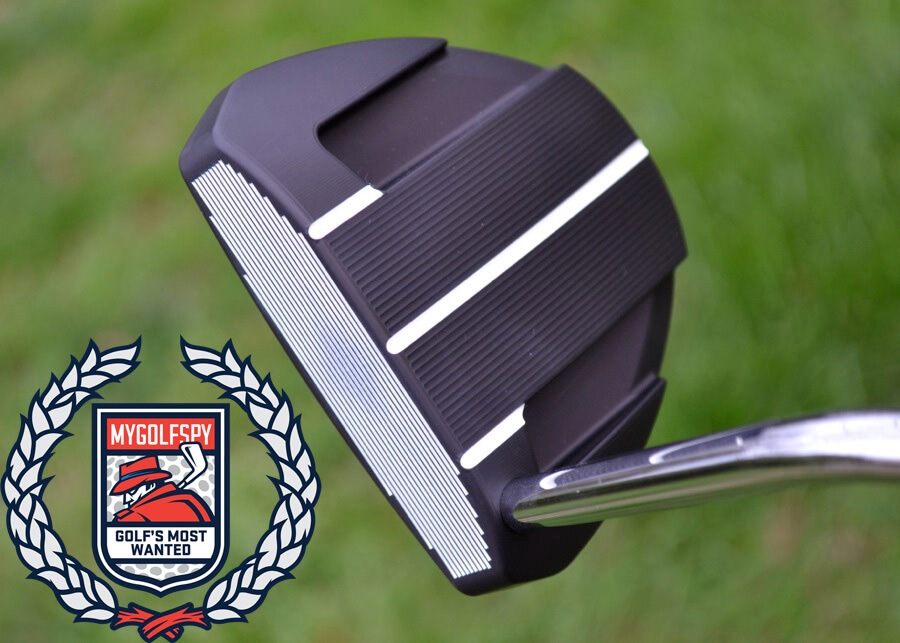
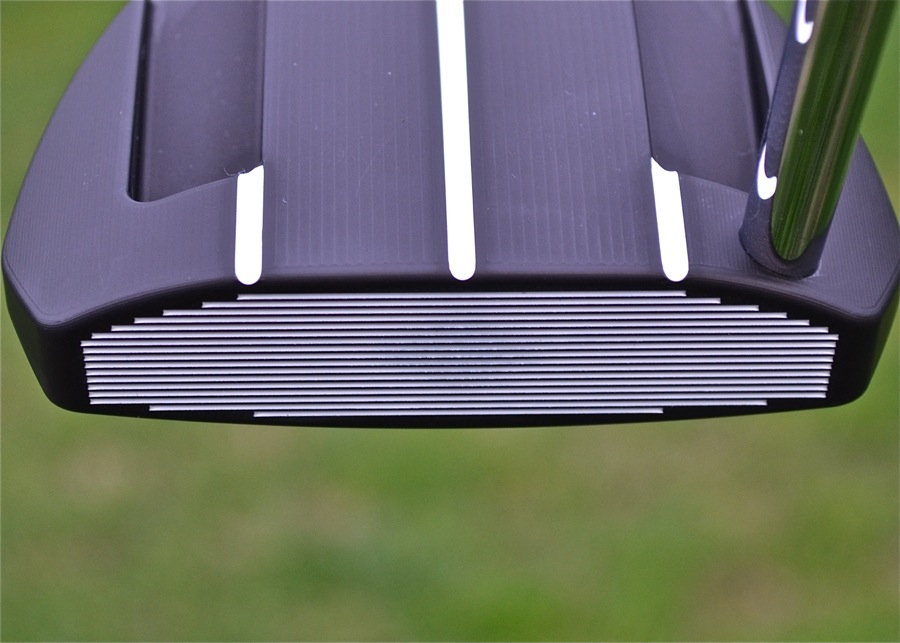
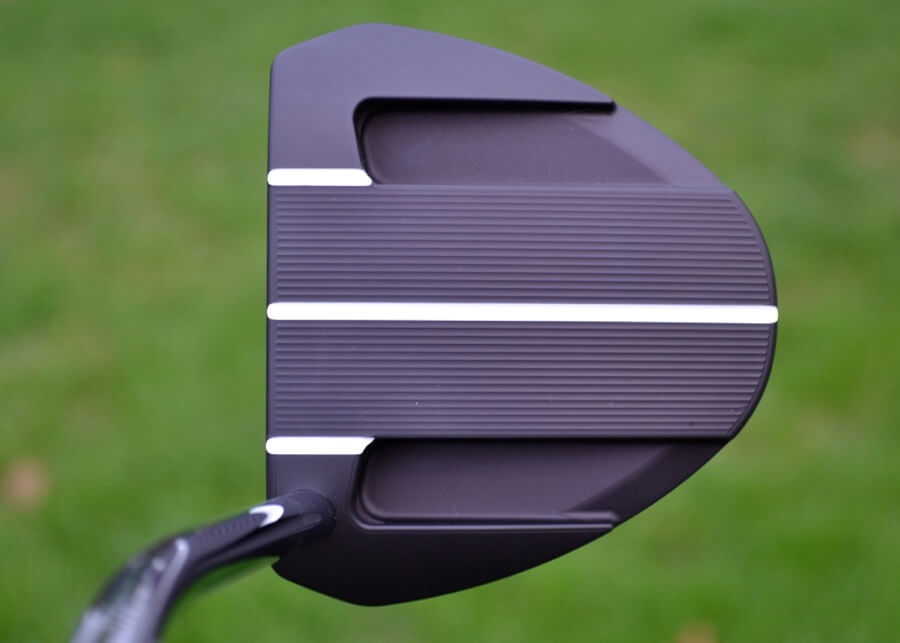







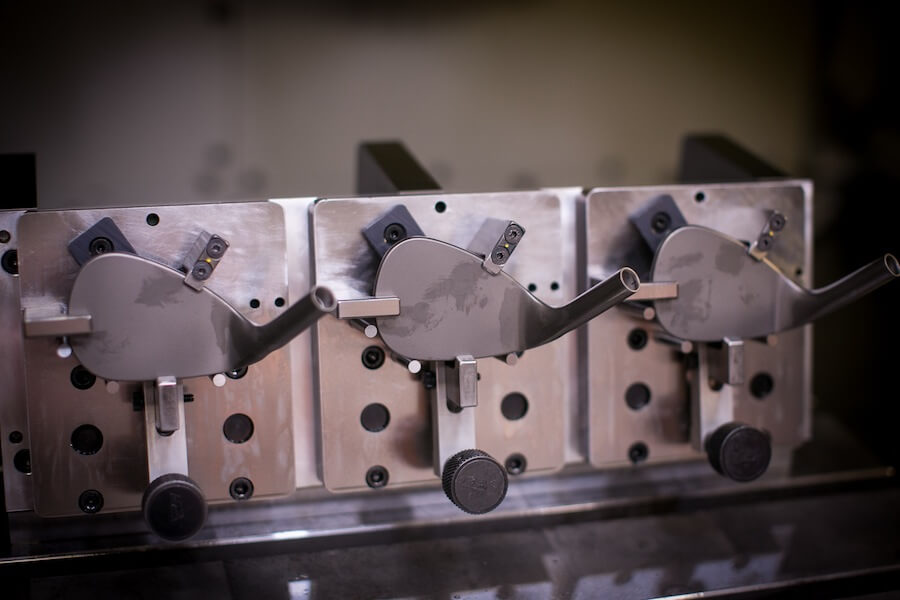


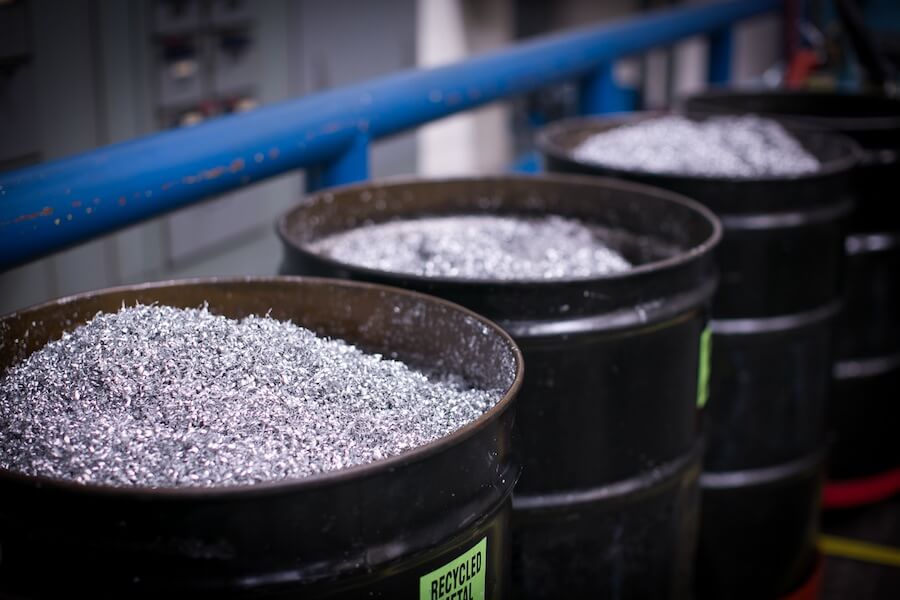











Bryan
9 years ago
Has the new model of this come out yet? Since they don’t sell them on ping’s site it’s hard to tell if you’re getting the newer model or the old model. Is the newer model the cadence tr or is that a separate club all together? Any insight on this would be greatly appreciated!